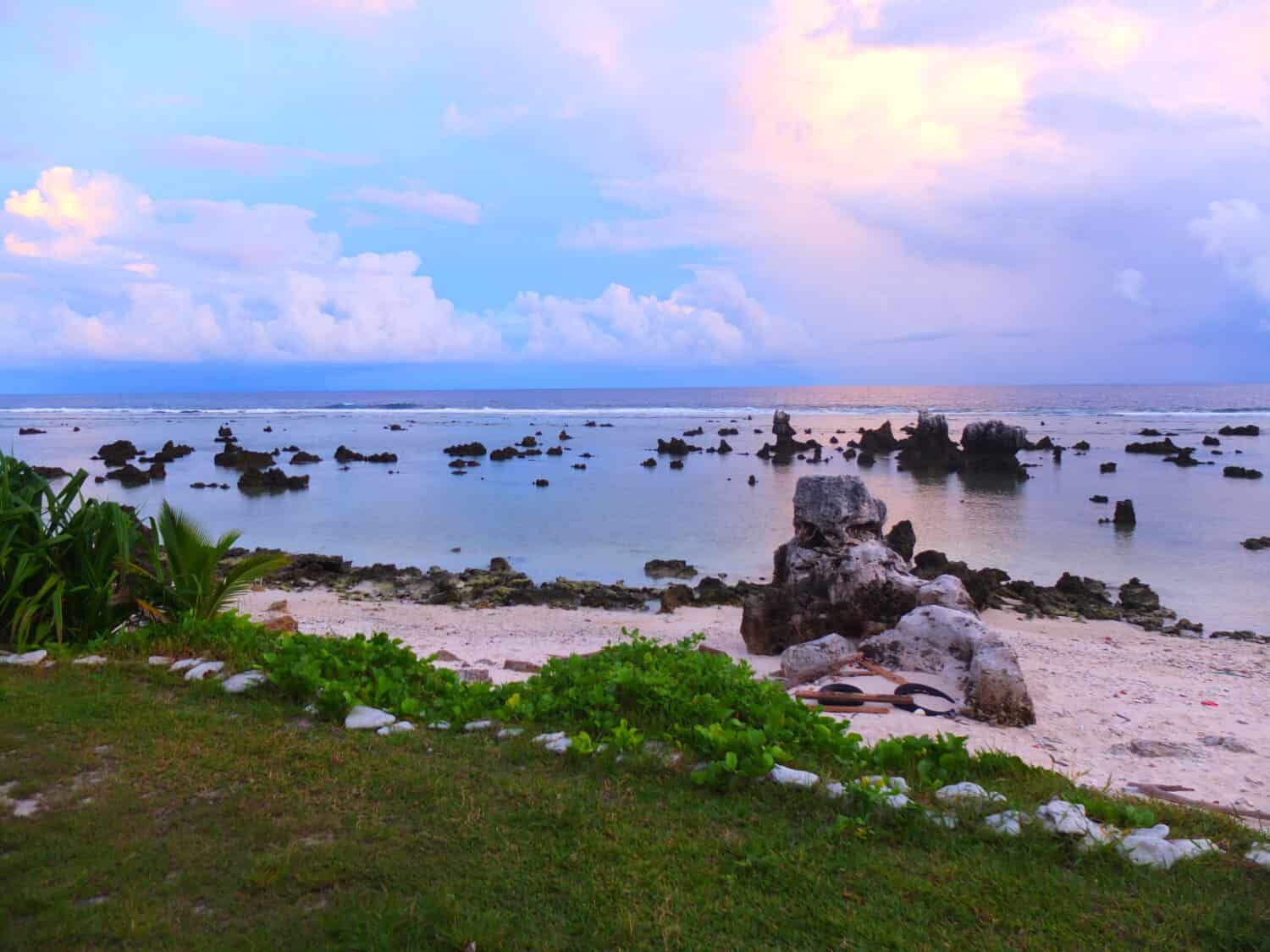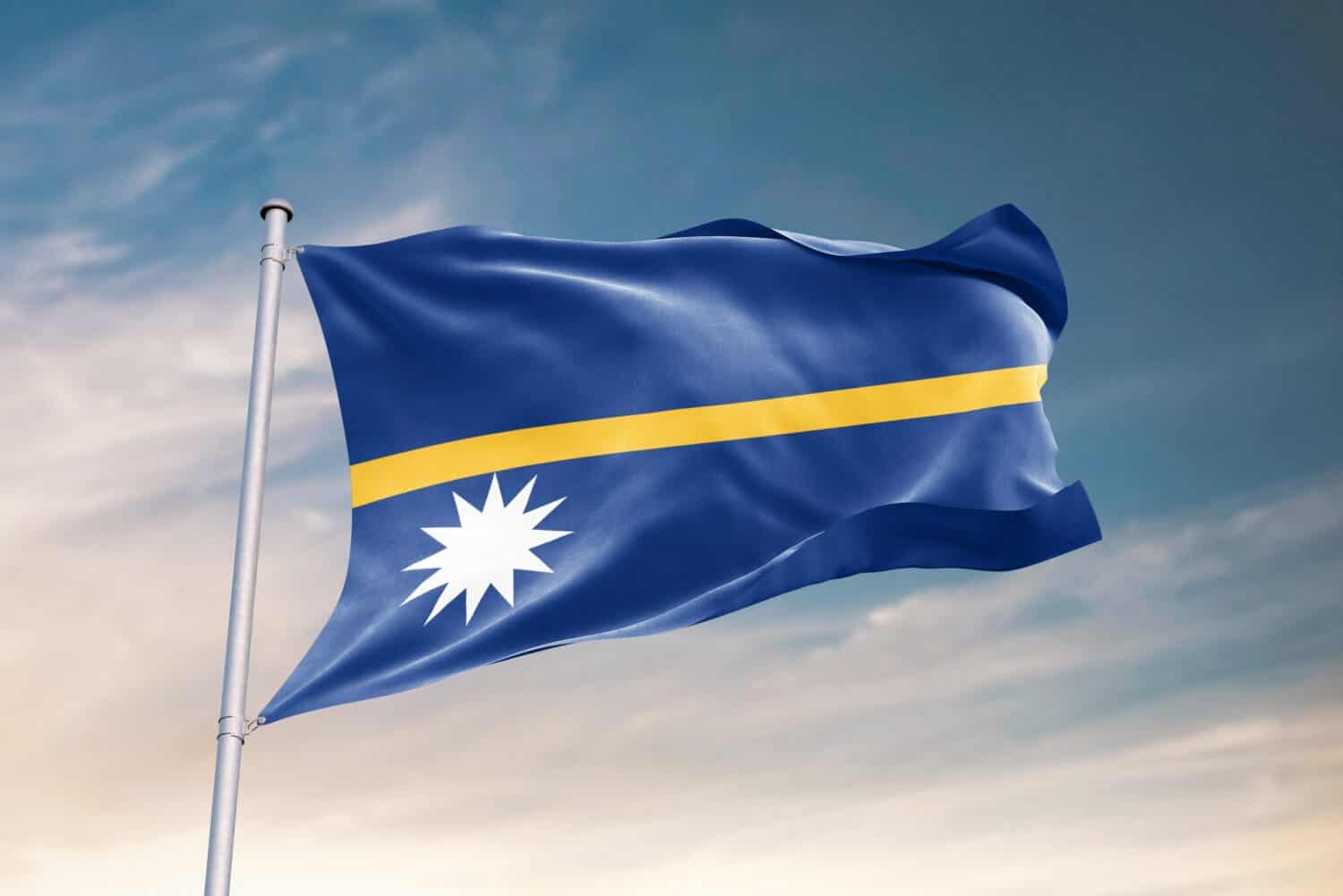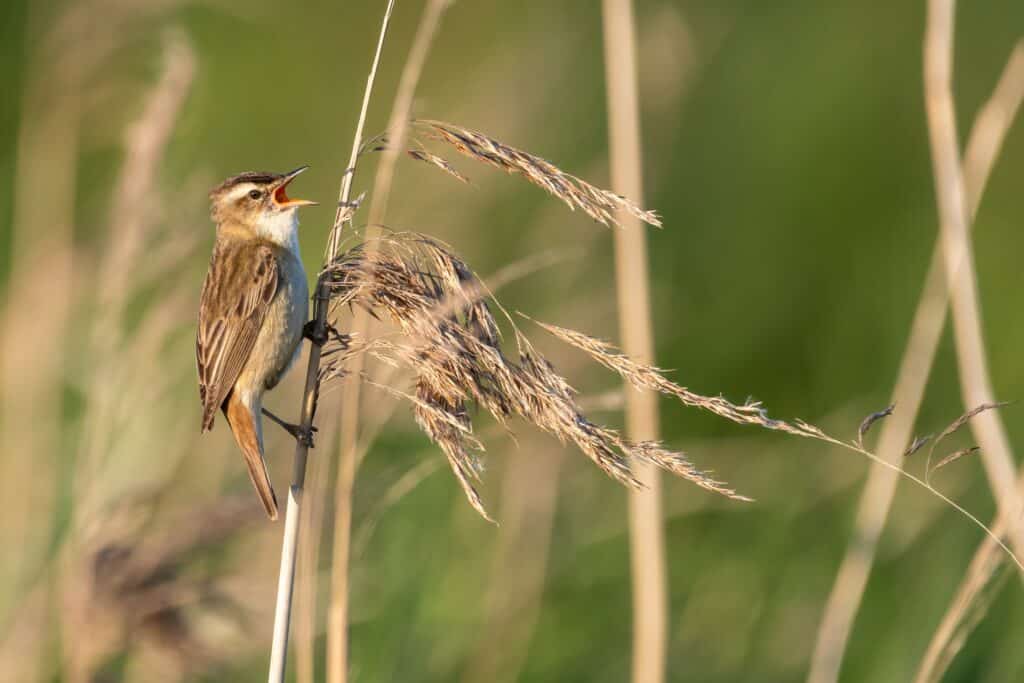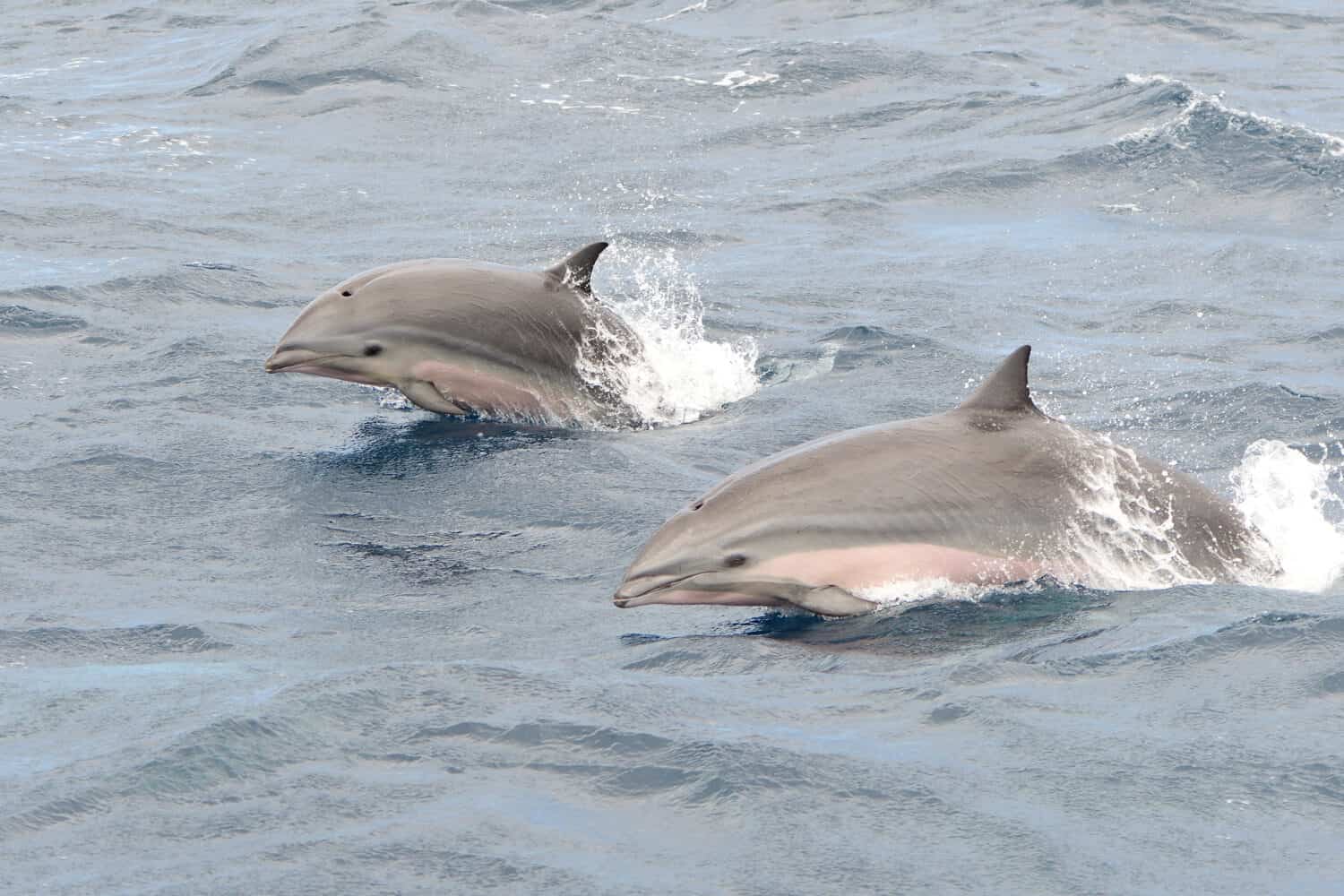When most people think of Earth, they think of the beautiful countries and geography on land. However, it may be surprising to learn that 71 percent of Earth is covered in oceans! Oceans separate continents and countries, creating areas on Earth surrounded by water. This phenomenon causes certain areas to be extremely far from any other landforms.
While many islands in the middle of the Atlantic and Pacific Oceans are thousands of miles away from land, these areas are often small and uninhabited. However, there are entire countries that float far away from civilization. One country in particular, Nauru, is the most remote country on Earth. Nauru is located 200 miles away from land!
Keep reading to learn all about the most remote country on the planet.
Where is the Most Remote Country on the Planet?

Nauru’s distance from land and difficulty to reach make it such a sparsely visited country.
©Robert Szymanski/Shutterstock.com
Nauru sits in the Pacific Ocean, 200 miles northeast of the Australian coast. While several groups of islands surround the country, few are functioning societies. Classified as the least visited country in the world, Nauru is unreachable by boat.
This is due to the choppy waters and unsafe conditions of the massive expanse of ocean that surrounds the small country. So, the only option for getting to Nauru is to fly. Flying from Brisbane, Australia to Nauru covers an impressive 2,076 miles, and takes around five hours.
Where is Nauru Located on a Map?
Nauru is a small island nation located in Micronesia to the northeast of Australia, boasts a captivating landscape characterized by a vibrant coral reef and pristine white-sand beaches lined with swaying palm trees. Among its notable coastal attractions is Anibare Bay on the eastern shoreline.
Nauru’s distance from land and difficulty to reach make it such a sparsely visited country.
Here it is on a map:
How Big is Nauru?
In addition to being the most remote country on the planet, Nauru is also the third-smallest country in the world. In total, the island encompasses only 8.1 square miles of land area. The island is made of phosphate rock, which is also its most valuable resource.
19 miles of coastline surround the country in the form of sandy beaches and lush forests. Nauru was formed due to the buildup of an underwater volcano over many centuries. Because of this, many rocky formations jut out of the water near the country’s shore, making it fairly dangerous to surf or swim.
Although the island is small, an impressive 169 villages originally made up the Republic of Nauru. However, many of these settlements have been abandoned or joined together to form larger cities. As of 2021, the country had a population of 12,511 residents.
History of the Most Remote Country on the Planet

In 1967, Nauru was officially granted independence and became its own country.
©Mini Onion/Shutterstock.com
Because of its remote distance and small size, little is known about the cultural origins of Nauru. European explorers first made contact with the island in the 18th century. By then, the native people of the island were divided into 12 different groups, each with a governing chief. The native language of Nauru shows very few similarities to any other dialect, suggesting little to no contact with the outside world before this point.
First Contact With Nauru
It wasn’t until 1798 that the first documented sighting of the country occurred. An English Vessel saw the island while sailing by, but contact was not made with the people of Nauru until the 1830s. As the whaling industry grew, Nauru became a popular place for ships to dock to restock their supplies and find more food and water. The popularity of the island brought several permanent European settlers, who introduced modern weapons, alcohol, and diseases to the islanders.
With the introduction of modern weapons such as firearms, enemy tribes on Nauru began to engage in brutal and intense combat throughout the 1800s. However, these battles ceased shortly after Germany made Nauru a part of the Marshall Islands. This incorporation caused missionaries to venture into the country, spreading messages of peace that helped put an end to the tribes’ violence.
Nauru in the 20th Century
Another promising aspect of Nauru to the Germans was the island’s rich phosphate deposits. The Germans negotiated a contract with the Pacific Phosphate Company in 1906 to allow mining on Nauru’s shore. However, German control of Nauru did not last long. As World War I began, Australian forces took control of the island. Shortly after in 1920, Nauru became an official territory of the League of Nations. Australia, Britain, and New Zealand joined forces to continue mining for phosphate on the island.
Unfortunately, peace on the island did not last for very long. During World War II, Japanese troops occupied Nauru. As a result, 1,200 Nauruans fled the island to avoid bombings and other attacks. For two years, Nauru was a target of American air attacks against the Japanese. However, Australia regained control of the island in 1945, and 737 Nauruans returned to the area.
In 1967, Nauru was officially granted independence and became its own country. For some time after Nauru gained independence, phosphate mining continued to be a lucrative and prosperous industry. Nauru was technically the richest country in the world for several years due to its gross domestic product per capita. However, it soon became clear that there was only a finite amount of phosphate on the island.
Nauru in the 21st Century
By the beginning of the 21st century, almost all of the phosphate on Nauru had been mined. This issue was accompanied by an unstable market and rising costs, significantly hurting the small country’s economy. Uncertainty about the economic future of the country caused the infrastructure to dwindle, including a two-month collapse of Nauru’s telecommunications network in 2003, completely disconnecting the island from the outside world. With few other options, Nauru began accepting asylum seekers from the Indian Ocean. This only lasted for seven years due to concerns about human rights issues and poor living conditions.
Wildlife on Nauru
The most remote country in the world is so small that it does not have any native land animals, only insects. However, there are many other fascinating forms of wildlife in Nauru. Here are just a few of the animals that can be found on and around the island.
Nauru Reed Warbler

Due to the dwindling resources and destroyed natural areas of Nauru, these birds have been classified as vulnerable species.
©Alex Cooper Photography/Shutterstock.com
The Nauru reed warbler is one of the only birds endemic to the island. These creatures have dark brown feathers with a lighter-colored underside. They have long, thin beaks perfect for feeding on small insects. Nauru reed warblers throughout the island, especially in the trees near old phosphate mining sites. Due to the dwindling resources and destroyed natural areas of Nauru, these birds have been classified as vulnerable species.
Fraser’s Dolphin

These dolphins live up to 18 years in the wild, living off of a carnivorous diet that consists of small fish and crustaceans.
©Tom Meaker/Shutterstock.com
Fraser’s dolphins can often be spotted swimming in the waters just off Nauru’s shore. The porpoises measure between six to nine feet in length and can weigh up to 350 pounds. They get their name from scientist Francis Fraser, who first discovered a skull of the species on a beach. These dolphins travel in groups that can be as small as 10 and as large as 1,000.
Because they are more shy than other types of dolphins, Fraser’s dolphins are rarely encountered. They live up to 18 years in the wild, living off of a carnivorous diet that consists of small fish and crustaceans.
The photo featured at the top of this post is © Robert Szymanski/Shutterstock.com
Thank you for reading! Have some feedback for us? Contact the AZ Animals editorial team.






